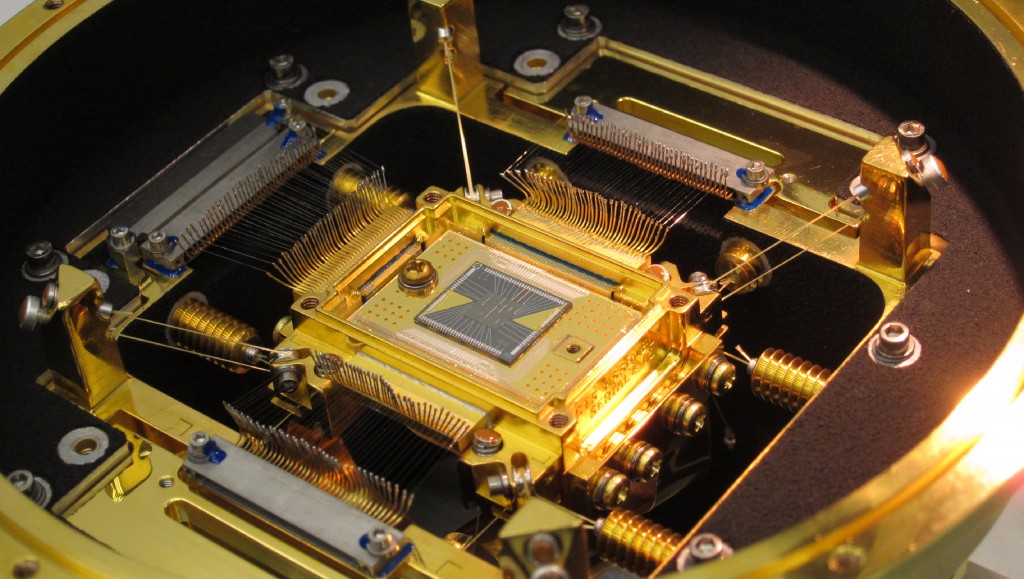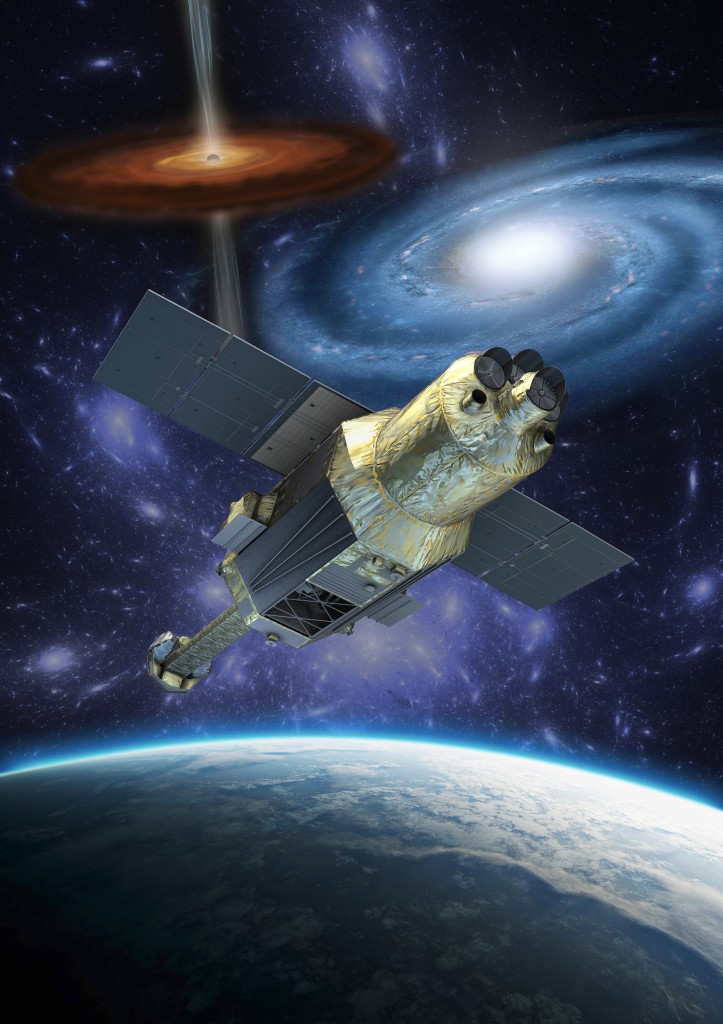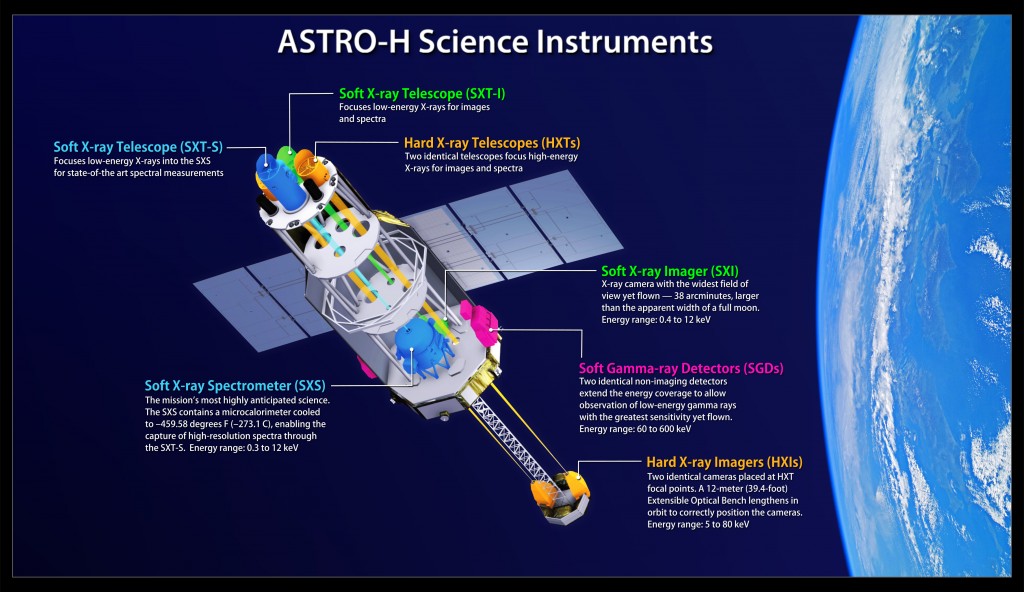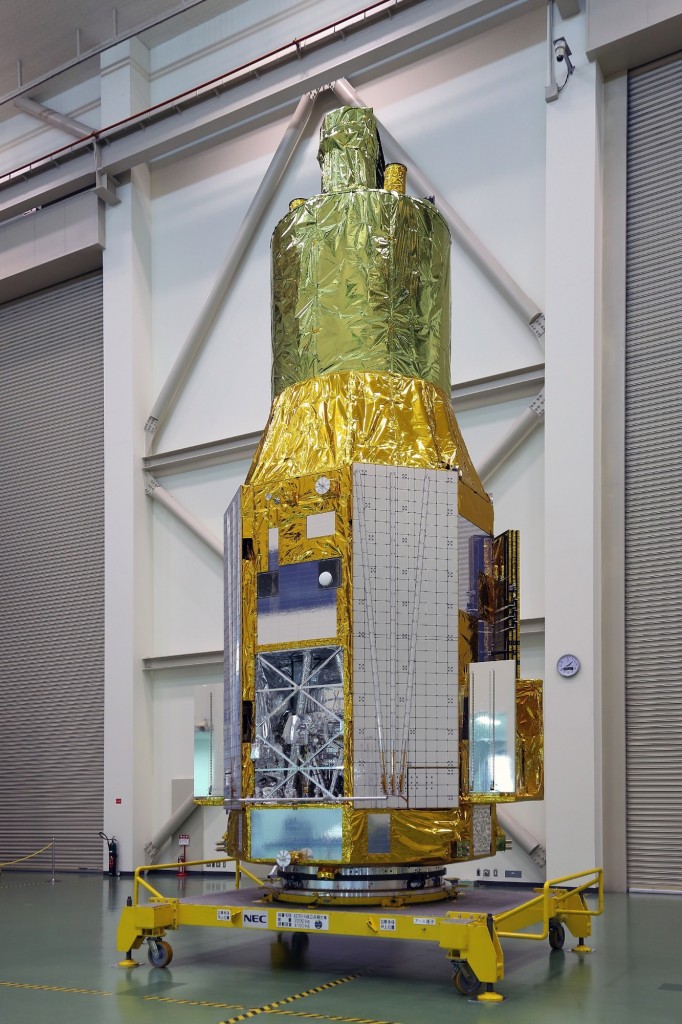Almost time…
- By Maggie Masetti
- February 10, 2016
- Comments Off on Almost time…
Update, Feb 16: We have an official updated launch date! It’ll be 3:45 AM EST February 17th (that is Tuesday into early Wednesday morning).
The time is almost here to see the ASTRO-H spacecraft launch, and to learn what its true name will be. The Japanese space agency has a long tradition of naming spacecraft post-launch – for example ASTRO-H predecessor, ASTRO-E2, is now called Suzaku. This is kind of a cool and symbolic name because ASTRO-E2 was built after ASTRO-E had a mishap with its rocket. Suzaku means vermillion bird, and is like a phoenix. A nice way to show the rebirth of a scientific mission.
What will ASTRO-H be called? It’s being kept secret for now, but we will report after the name is released!
And that time is soon! ASTRO-H will launch at 5:45 PM Feb, 12th JST, or 3:45 EST (that is, Thursday night into Friday for U.S. East Coasters).
If you want to watch the launch, it will be broadcast on YouTube here (https://youtu.be/kH-wJ1E00wA):
ASTRO-H will help us to advance our knowledge “high-energy” phenomena from the small to the vast. We’ll be able to further examine superheated material circling black holes and giving off X-rays, as well as study how giant clusters of galaxies evolve.
Said Robert Petre, chief of Goddard’s X-ray Astrophysics Laboratory and the U.S. project scientist for ASTRO-H,”These energies arise in a variety of settings, including stellar explosions, extreme magnetic fields, or strong gravity, and X-rays let us probe aspects of these phenomena that are inaccessible by instruments observing at other wavelengths.”
Here are a few images:

The heart of the ASTRO-H Soft X-ray Spectrometer is the microcalorimeter array at center. The five-millimeter square forms a 36-pixel array. Each pixel is 0.824 millimeter on a side, or about the width of the ball in a ballpoint pen. The detector’s field of view is approximately three arcminutes, or one-tenth the apparent diameter of the full moon.
Credit: NASA’s Goddard Space Flight Center
More images (and high-res versions of the images here) are available at SVS.
If you’d like to read more about ASTRO-H, here is a NASA Goddard feature.
Kevin Boyce, our Blueshift project correspondent for ASTRO-H (and system engineer for the project) has several posts here.
Our very best to the ASTRO-H team!





